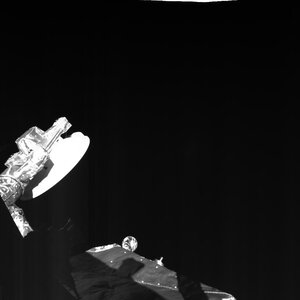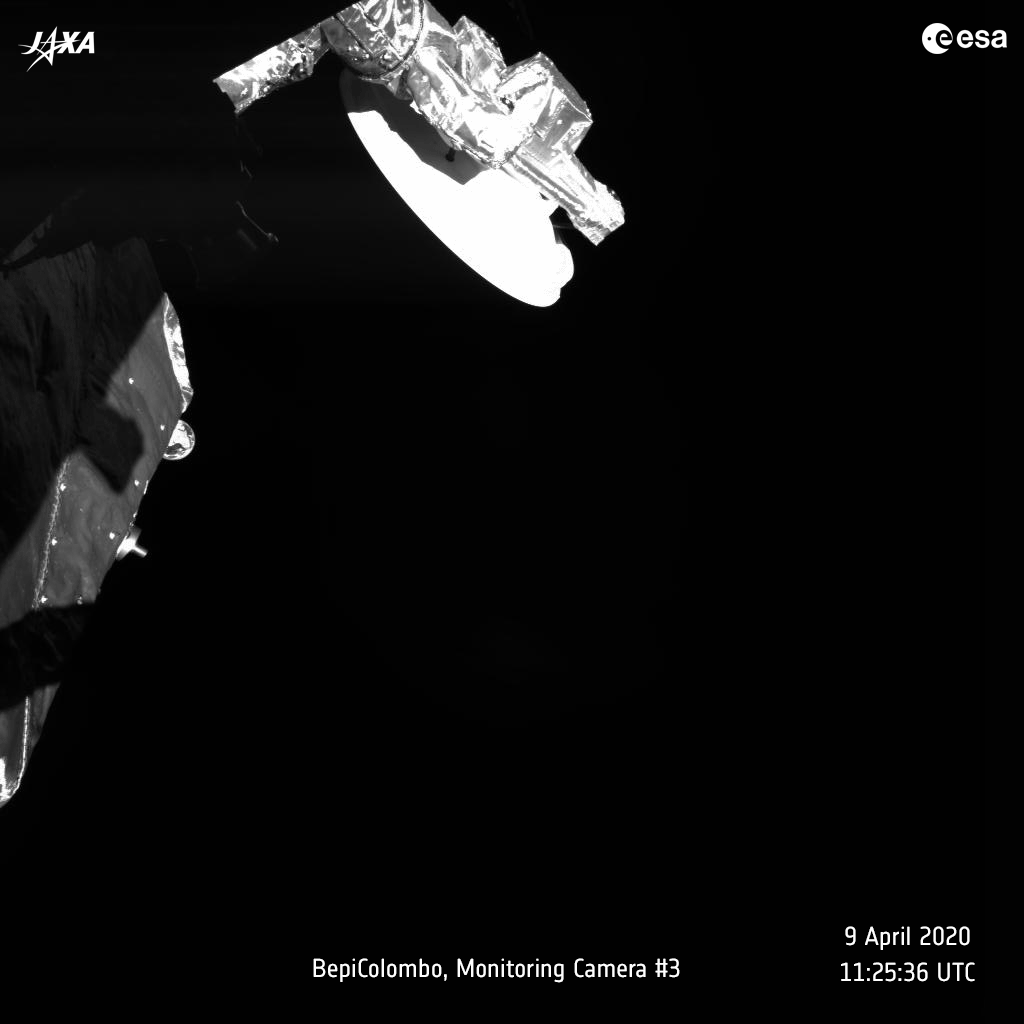Accept all cookies Accept only essential cookies See our Cookie Notice

About ESA
The European Space Agency (ESA) is Europe’s gateway to space. Its mission is to shape the development of Europe’s space capability and ensure that investment in space continues to deliver benefits to the citizens of Europe and the world.
Highlights
ESA - United space in Europe
This is ESA ESA facts Member States & Cooperating States Funding Director General Top management For Member State Delegations European vision European Space Policy ESA & EU Space Councils Responsibility & Sustainability Annual Report Calendar of meetings Corporate newsEstablishments & sites
ESA Headquarters ESA ESTEC ESA ESOC ESA ESRIN ESA EAC ESA ESAC Europe's Spaceport ESA ESEC ESA ECSAT Brussels Office Washington OfficeWorking with ESA
Business with ESA ESA Commercialisation Gateway Law at ESA Careers Cyber resilience at ESA IT at ESA Newsroom Partnerships Merchandising Licence Education Open Space Innovation Platform Integrity and Reporting Administrative Tribunal Health and SafetyMore about ESA
History ESA Historical Archives Exhibitions Publications Art & Culture ESA Merchandise Kids Diversity ESA Brand Centre ESA ChampionsLatest
Space in Member States
Find out more about space activities in our 23 Member States, and understand how ESA works together with their national agencies, institutions and organisations.
Science & Exploration
Exploring our Solar System and unlocking the secrets of the Universe
Go to topicAstronauts
Missions
Juice Euclid Webb Solar Orbiter BepiColombo Gaia ExoMars Cheops Exoplanet missions More missionsActivities
International Space Station Orion service module Gateway Concordia Caves & Pangaea BenefitsLatest
Space Safety
Protecting life and infrastructure on Earth and in orbit
Go to topicAsteroids
Asteroids and Planetary Defence Asteroid danger explained Flyeye telescope: asteroid detection Hera mission: asteroid deflection Near-Earth Object Coordination CentreSpace junk
About space debris Space debris by the numbers Space Environment Report In space refuelling, refurbishing and removingSafety from space
Clean Space ecodesign Zero Debris Technologies Space for Earth Supporting Sustainable DevelopmentLatest
Applications
Using space to benefit citizens and meet future challenges on Earth
Go to topicObserving the Earth
Observing the Earth Future EO Copernicus Meteorology Space for our climate Satellite missionsCommercialisation
ESA Commercialisation Gateway Open Space Innovation Platform Business Incubation ESA Space SolutionsLatest
Enabling & Support
Making space accessible and developing the technologies for the future
Go to topicBuilding missions
Space Engineering and Technology Test centre Laboratories Concurrent Design Facility Preparing for the future Shaping the Future Discovery and Preparation Advanced Concepts TeamSpace transportation
Space Transportation Ariane Vega Space Rider Future space transportation Boost! Europe's Spaceport Launches from Europe's Spaceport from 2012Latest

BepiColombo keeping an eye on Earth from afar
Thank you for liking
You have already liked this page, you can only like it once!
A sequence of daily images of Earth taken by the joint European-Japanese BepiColombo spacecraft as it moved away from our planet after its gravity-assist flyby on 10 April 2020, on its path towards the inner Solar System and its final destination, Mercury. The first image in this sequence was taken on 13 April, 1.3 million km away, and the last image on 5 May, around 8 million km away.
The images were captured by one of the MCAM selfie cameras mounted on the Mercury Transfer Module (MTM), one of the three components of the BepiColombo mission. One of the solar arrays is visible on the upper side of the images, and the structure visible in the lower right corner at the beginning of the sequence is one of the sun sensor units on the MTM, covered in multi-layered insulation.
Planet Earth is visible at the centre of the images, below the solar panel, first as a pale crescent, then gradually fainter until barely visible. A version of this animation with a zoomed and brightened inset showing Earth is available here. The images have been cropped and corrected for brightness; the original frames are available on ESA's Planetary Science Archive, along with other MCAM images that do not feature Earth.
These images complement the views of Earth gathered by BepiColombo as it approached, closed in, and departed from our planet on 9–11 April, which are also combined in a timelapse video of the flyby.
The orbit-tightening manoeuvre, which saw BepiColombo come as close as 12 689 km to Earth’s surface at 04:25 UTC on 10 April, provided an opportunity to test several instruments and sensors aboard the two science orbiters that comprise the mission, ESA’s Mercury Planetary Orbiter (MPO) and Mio, the Mercury Magnetospheric Orbiter of the Japanese Aerospace Agency (JAXA).
Data gathered during the flyby, including observations of the Moon from the MERTIS instrument and measurements of Earth's magnetic field by the MPO-MAG magnetometer, and data recorded by the Italian Spring Accelerometer (ISA), demonstrate that the instruments are in excellent condition to gather high-quality data during the spacecraft’s long cruise, even before reaching Mercury, the mission's target, with arrival scheduled in late 2025.
The Earth flyby was the first of nine gravity-assist manoeuvres that BepiColombo, launched in October 2018, will perform during its seven-year journey. BepiColombo will perform its next two flybys at Venus and further six at Mercury.
-
CREDIT
ESA/BepiColombo/MTM -
LICENCE
CC BY-SA 3.0 IGO or ESA Standard Licence
(content can be used under either licence)

BepiColombo closing in on Earth ahead of flyby

BepiColombo closing in on Earth ahead of flyby

BepiColombo closing in on Earth ahead of flyby

BepiColombo closing in on Earth ahead of flyby















 Germany
Germany
 Austria
Austria
 Belgium
Belgium
 Denmark
Denmark
 Spain
Spain
 Estonia
Estonia
 Finland
Finland
 France
France
 Greece
Greece
 Hungary
Hungary
 Ireland
Ireland
 Italy
Italy
 Luxembourg
Luxembourg
 Norway
Norway
 The Netherlands
The Netherlands
 Poland
Poland
 Portugal
Portugal
 Czechia
Czechia
 Romania
Romania
 United Kingdom
United Kingdom
 Slovenia
Slovenia
 Sweden
Sweden
 Switzerland
Switzerland
























